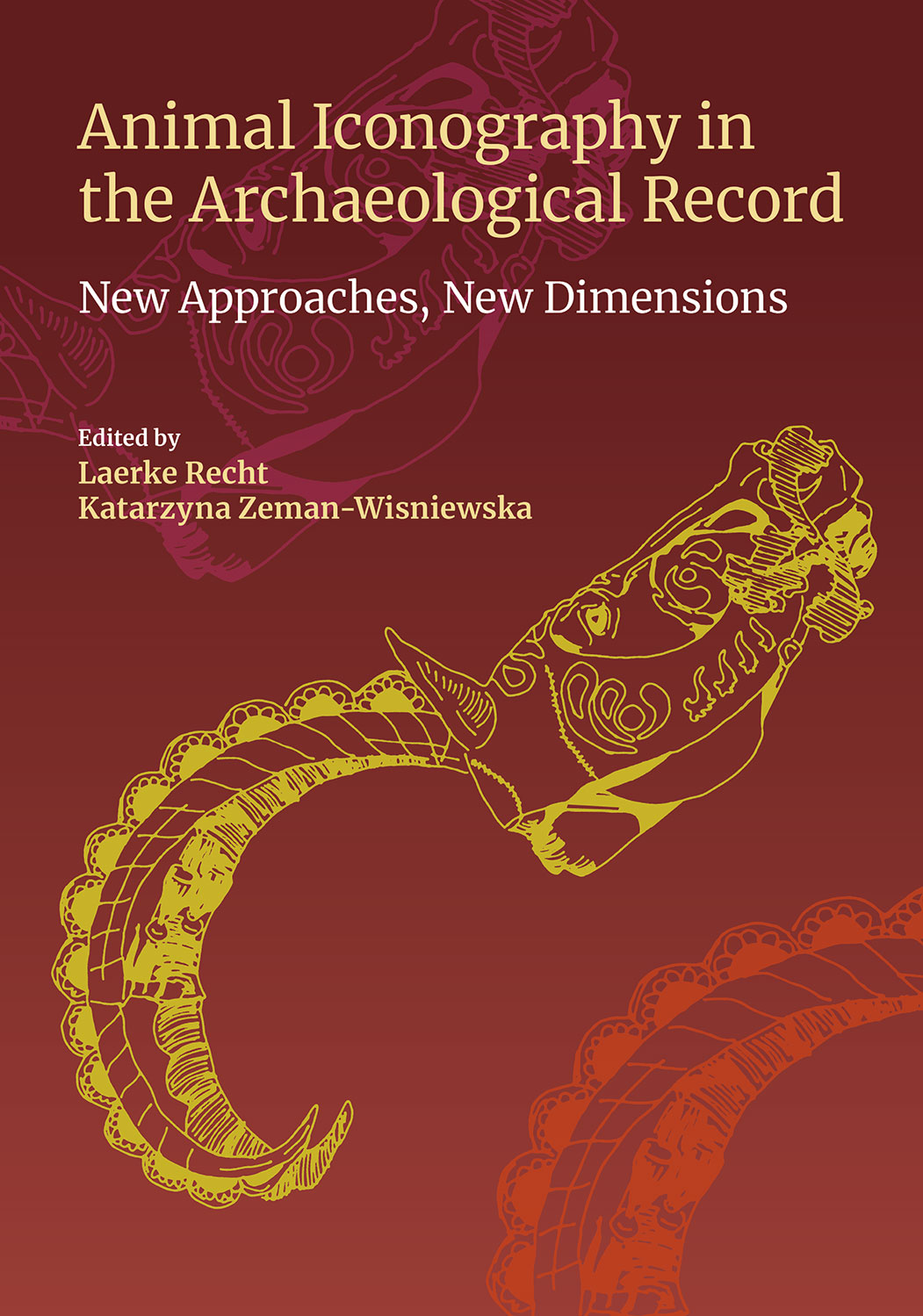Animal Iconography in the Archaeological Record

ID: 2841 - View Book Page - Edit In OJS
Animals pervade our lives, both today and in the past. From the smallest bug through pets and agricultural animals to elephants and blue whales, the animals themselves, animal-derived products and representations of animals can be found everywhere in our daily lives. This book focuses on the representations of animals in the past: How were animals represented in iconography, and how is the craftsperson interpreting animals within his or her own cultural context? What do the representations tell us about the role and function of both animals and the representations themselves?
A series of papers explore these questions through images of animals. This is, for example, done by using technologies like 3D models to emphasize the dimensionality of objects, or through theoretical and interdisciplinary approaches that examine the intersection of the human and the animal. The papers challenge the notion of animals purely as objects, instead focusing on the many ways in which humans and animals interact. The importance of animals in all aspects of our lives means that the study of human-animal relations is an extremely relevant one both in the past and today. The papers take us on a journey through time and space, demonstrating exactly this relevance. Starting in the Neolithic and ending in the Medieval period, from the Mediterranean and Northern Europe through Siberia and the Baltic to the other side of the world in Australia, we have the privilege of encountering lions, horses, dogs, monkeys, birds, kangaroos and octopuses, among many other wonderful creatures.
The book is an important and exciting contribution to the study of human-animal relations. It should be of interest to anyone working on this topic and the interpretation of images - both modern and ancient.
Published: Nov 8, 2021
Reviews
A young and fresh attempt to tackle a subject which has long stood in the shadow of the study and interpretation of anthropomorphic imagery.
Professor Louis Nebelsick, Cardinal Stefan Wyszyński University, Warsaw